Magnesium Stearate vs. Sodium Stearyl Fumarate: Key Differences and When to Use Each in Tablet Formulations
Formulating nutraceuticals, supplements, or multivitamins involves a thoughtful selection of excipients—especially lubricants—to ensure consistent tablet quality. Two of the most common lubricants in the industry today are Magnesium Stearate and Sodium Stearyl Fumarate. While both serve similar purposes, understanding their differences can significantly influence your final product.
In this article, we'll clearly outline the characteristics, advantages, and disadvantages of each lubricant, so you can make an informed decision tailored to your formulation and manufacturing process.
Why Lubricants Matter in Tablet Production
Lubricants play a small but vital role in tablet manufacturing. Their main job is to reduce friction—between particles and between the tablet blend and the equipment—so tablets compress and eject smoothly.
Without proper lubrication, powder can stick to punches and dies, leading to downtime, damaged tooling, and inconsistent tablets. It’s a bit like trying to bake without greasing your pan—everything sticks, and cleanup becomes a mess.
Lubricants also help ensure tablets have a clean finish, consistent hardness, and reliable weight. But it’s a balancing act: too little lubrication leads to sticking; too much, or overmixing (depending on the type), can weaken tablets or delay dissolution.
Ultimately, selecting the right lubricant helps maintain efficiency, protect equipment, and ensure high-quality tablets batch after batch.
Magnesium Stearate: An Overview
Magnesium Stearate is widely used in tablet manufacturing, primarily because of its low cost and general effectiveness. Chemically, it is a magnesium salt derived from stearic acid, making it inherently hydrophobic (water-repellent).
Advantages of Magnesium Stearate
Cost Efficiency:
Generally more affordable compared to other lubricants.
Availability:
Readily available and familiar to most manufacturers.
Effective Lubrication:
Reliable lubrication under controlled conditions.
Disadvantages of Magnesium Stearate
Sensitive to Overmixing:
Magnesium Stearate requires careful handling. Mixing times exceeding 5 minutes can lead to tablet softness, fragility, and crumbling. This sensitivity demands strict adherence to mixing protocols.
Dissolution and Bioavailability Challenges:
Due to its hydrophobic nature, Magnesium Stearate can create an oily film when tablets dissolve in liquid. This may slow tablet dissolution and potentially reduce the bioavailability of the active ingredients.
When to Use Magnesium Stearate
Consider Magnesium Stearate when cost savings and familiarity outweigh potential formulation challenges. It's especially suited to products with well-established processes, shorter mixing times, and when rapid dissolution isn’t the highest priority.
Sodium Stearyl Fumarate: An Overview
Sodium Stearyl Fumarate is increasingly popular due to its distinct characteristics. Chemically, it is a sodium salt of fumaric acid esterified with stearyl alcohol, offering improved hydrophilic properties compared to Magnesium Stearate.
Advantages of Sodium Stearyl Fumarate
Improved Mixing Stability:
Sodium Stearyl Fumarate is less sensitive to mixing duration, reducing the risk of tablet softness or brittleness even when mixed beyond standard times.
Enhanced Dissolution Profiles:
Being more hydrophilic, it dissolves more effectively without creating oily residues, resulting in consistent dissolution and potentially better bioavailability.
Formulation Versatility:
It is compatible with a wider range of ingredients and sensitive formulations.
Disadvantages of Sodium Stearyl Fumarate
Higher Cost:
Typically, Sodium Stearyl Fumarate has a higher initial cost per kilogram compared to Magnesium Stearate.
Less Familiarity:
Manufacturers accustomed to Magnesium Stearate may require additional validation and testing before fully integrating Sodium Stearyl Fumarate into existing production workflows.
When to Use Sodium Stearyl Fumarate
Choose Sodium Stearyl Fumarate when consistent dissolution, broader ingredient compatibility, and flexible manufacturing processes outweigh cost considerations. It is especially beneficial for formulations requiring predictable dissolution and bioavailability.
Direct Comparison of Lubricants: Magnesium Stearate vs. Sodium Stearyl Fumarate
A concise side-by-side comparison highlights the main attributes of each lubricant clearly:
| Factor | Magnesium Stearate | Sodium Stearyl Fumarate |
|---|---|---|
| Lubrication Efficiency | Effective under controlled mixing times | Consistently effective, more tolerant to extended mixing |
| Dissolution & Bioavailability | Potential issues due to hydrophobicity (oily residue) | Excellent; minimal negative impact on dissolution |
| Mixing Sensitivity | High sensitivity (limit ~5 min.) | Low sensitivity (extended mixing is acceptable) |
| Cost Efficiency | Generally lower cost | Typically higher upfront cost |
| Compatibility & Flexibility | Moderate, limited by hydrophobic properties | Broad compatibility across formulations |
| Regulatory Status | Widely approved | Widely approved |
Factors to Consider in Your Decision
Every tablet formulation is unique. When selecting a lubricant, carefully evaluate the following criteria:
Tablet Quality Requirements:
Consider whether your tablets require rapid dissolution or have specific bioavailability targets.
Manufacturing Process Constraints:
Assess your equipment and mixing practices. Magnesium Stearate demands precise timing; Sodium Stearyl Fumarate offers greater mixing flexibility.
Ingredient Compatibility:
Evaluate compatibility with active ingredients and excipients. Sensitive formulations may benefit from the improved compatibility offered by Sodium Stearyl Fumarate.
Cost and Budget Considerations:
Balance short-term cost savings (Magnesium Stearate) with long-term production efficiency and product consistency (Sodium Stearyl Fumarate).
Best Practices and Expert Recommendations
Regardless of your choice, adopting these best practices helps ensure product quality:
Optimal Concentration:
Lubricant concentrations typically range between 0.5%–2% by weight. Choose the lowest effective concentration to maintain tablet strength and dissolution.
Proper Mixing Procedure:
Always add lubricants as the final component, mixing gently and uniformly to ensure even distribution without causing negative impacts.
Validation and Stability Testing:
Conduct thorough validation and stability studies, particularly if transitioning between lubricants or implementing new formulations.
Frequently Asked Questions (FAQs)
Can Sodium Stearyl Fumarate directly replace Magnesium Stearate in existing formulations?
Yes, but thorough testing and validation are required to ensure comparable or improved tablet performance.
Is Sodium Stearyl Fumarate regulatory compliant for all nutraceuticals?
Both Sodium Stearyl Fumarate and Magnesium Stearate are widely recognized, safe, and approved by regulatory bodies globally.
Will choosing Sodium Stearyl Fumarate significantly increase overall production costs?
While initially more expensive, potential improvements in efficiency and product consistency can offset the cost increase. A detailed cost-benefit analysis can clarify this for your specific situation.
Final Thoughts
Ultimately, both Magnesium Stearate and Sodium Stearyl Fumarate offer distinct advantages and disadvantages. Magnesium Stearate remains a reliable and economical option for many straightforward formulations, provided strict controls are maintained. On the other hand, Sodium Stearyl Fumarate provides greater flexibility and improved performance, particularly in more sensitive or demanding applications.
Carefully evaluating your unique formulation requirements, production conditions, and end-user expectations will guide you toward the most suitable choice.
Need more tailored guidance for your specific formulation? We're here to help—reach out for personalized support or further information.

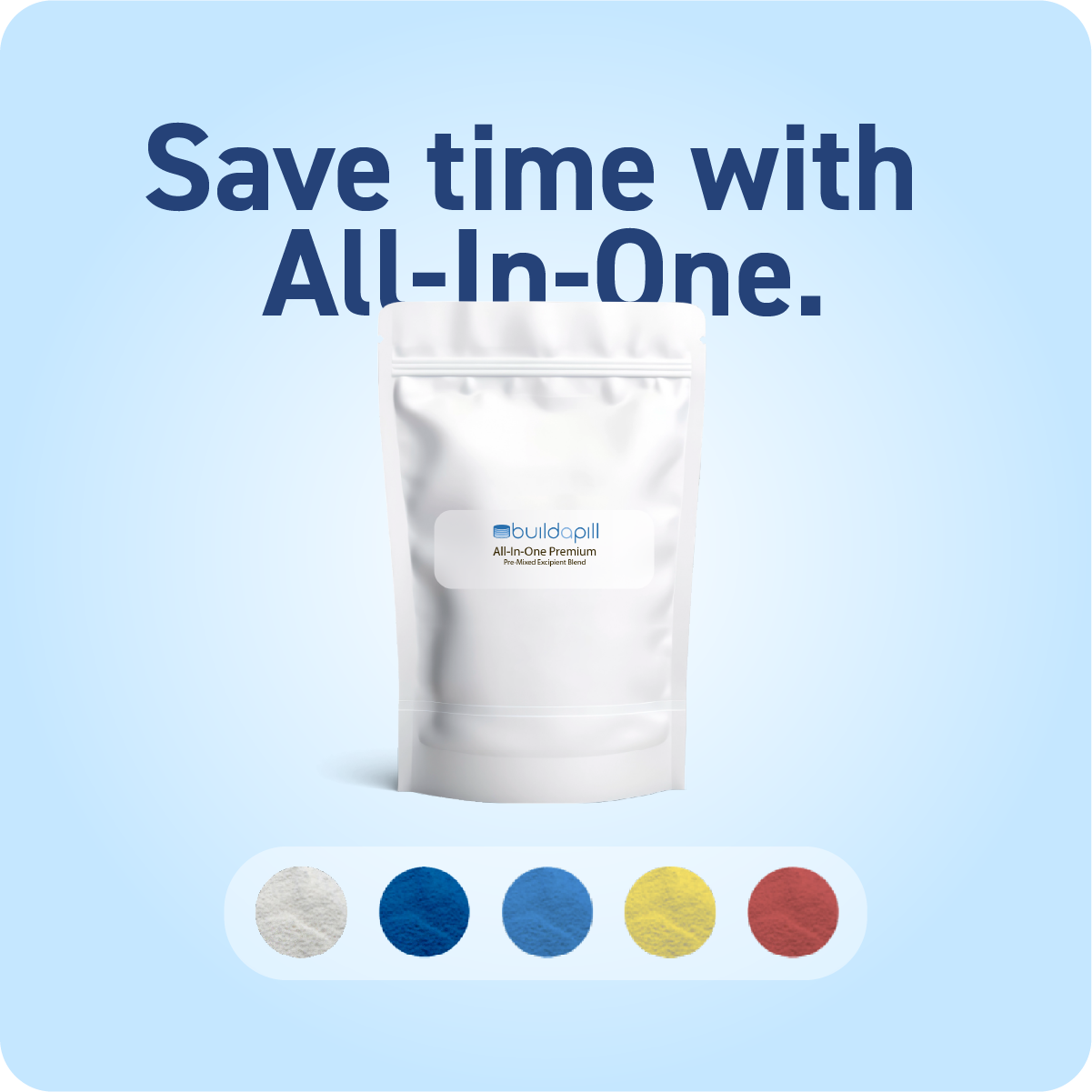
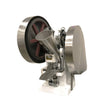
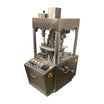
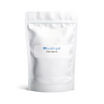
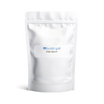
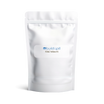
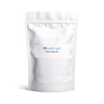
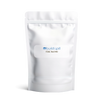

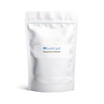
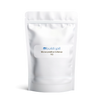
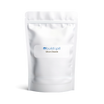
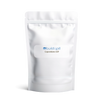
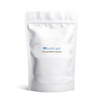
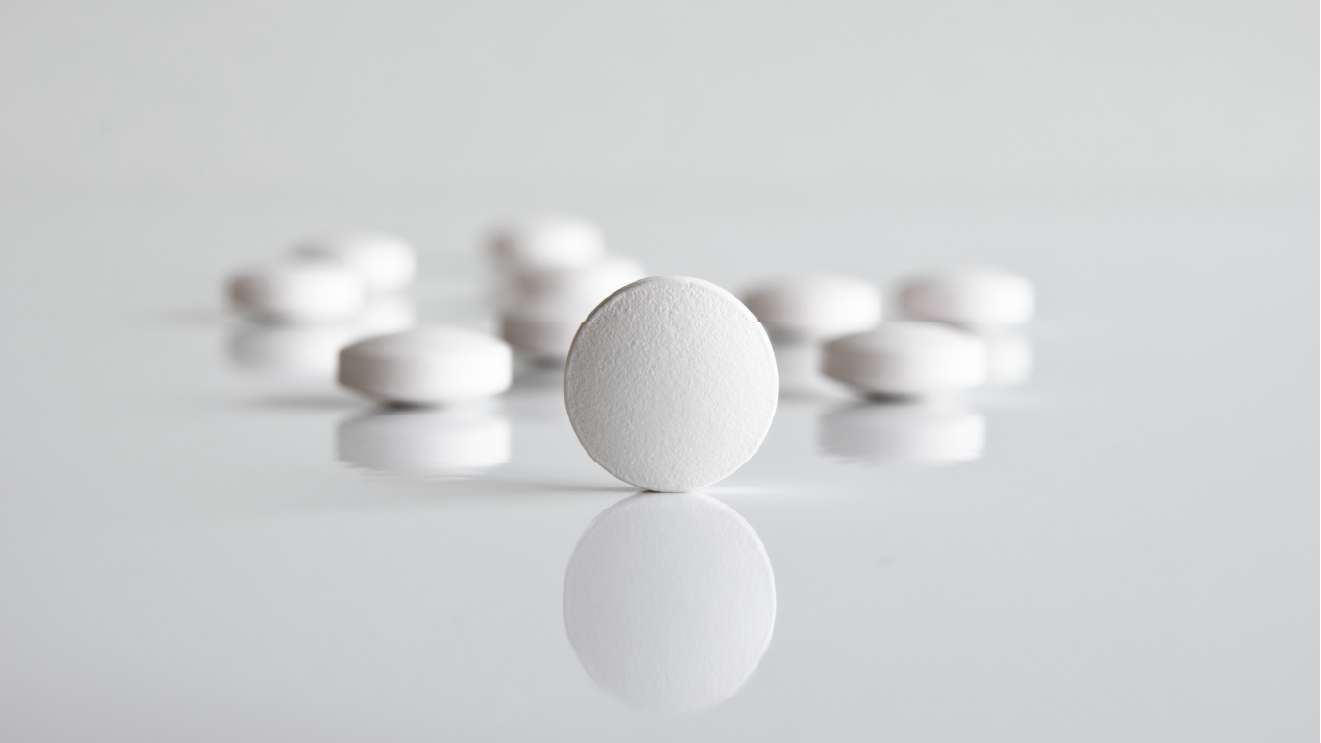
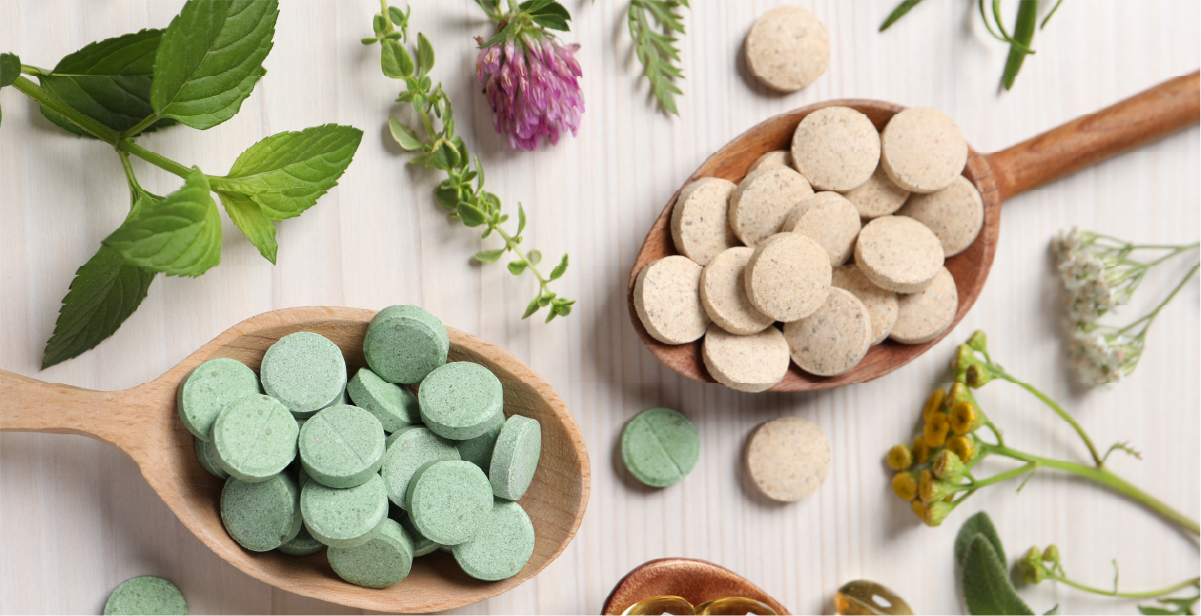
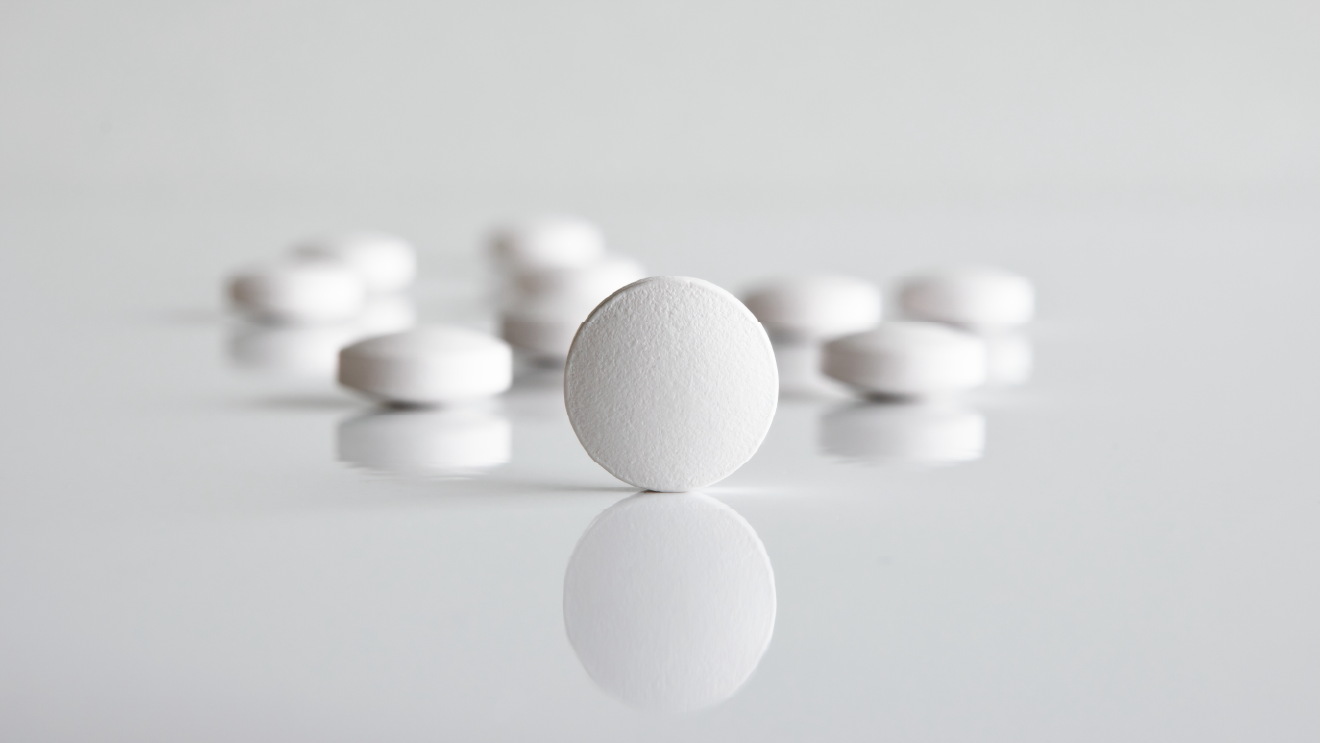


Leave a comment
This site is protected by hCaptcha and the hCaptcha Privacy Policy and Terms of Service apply.